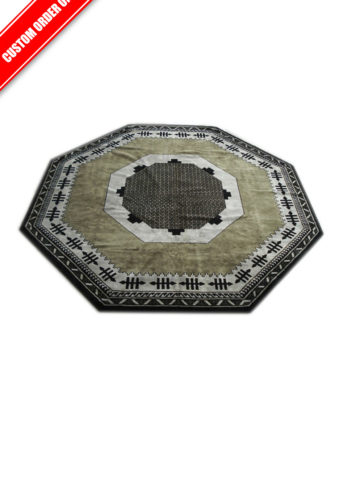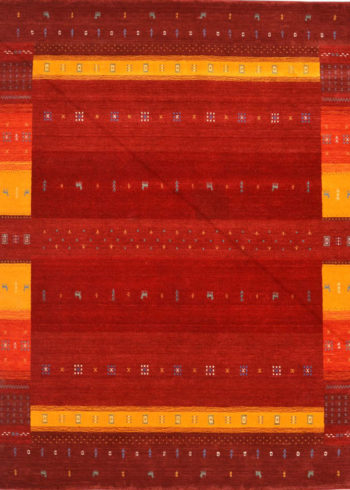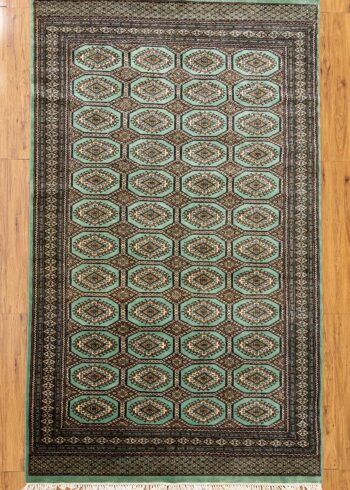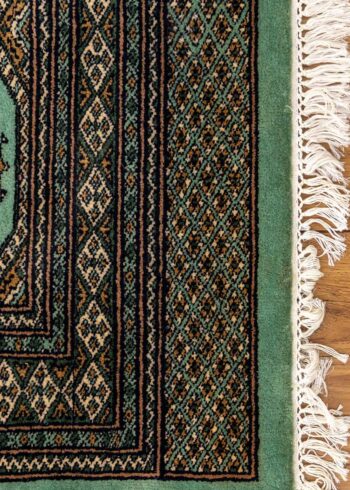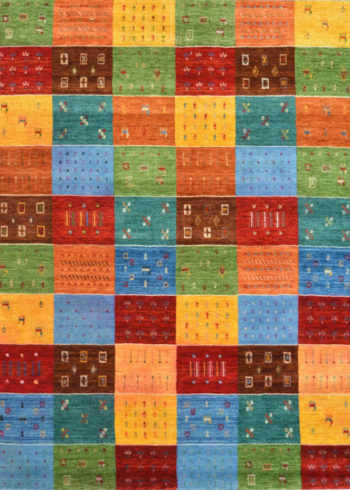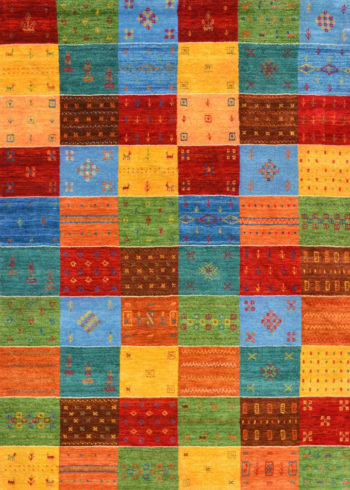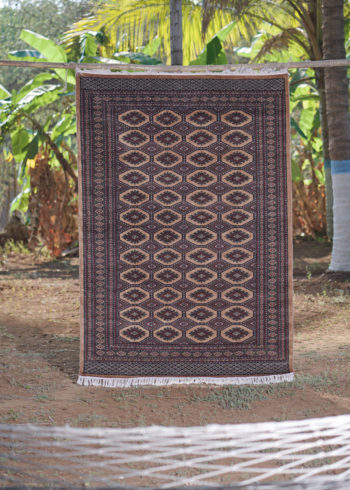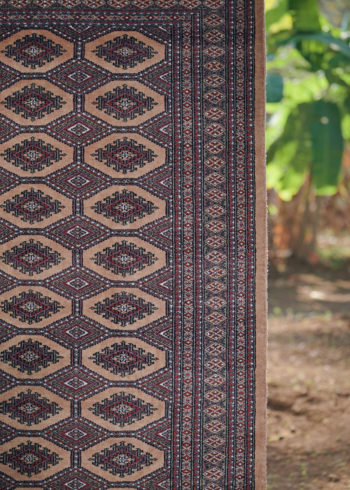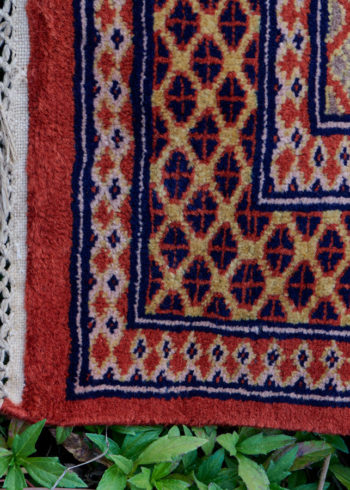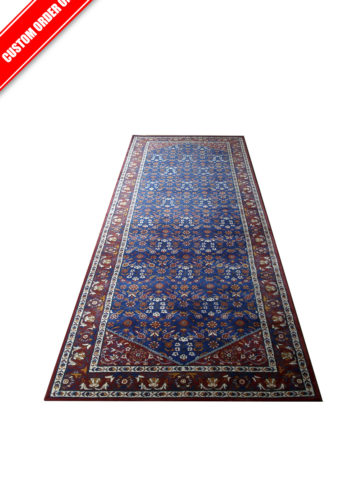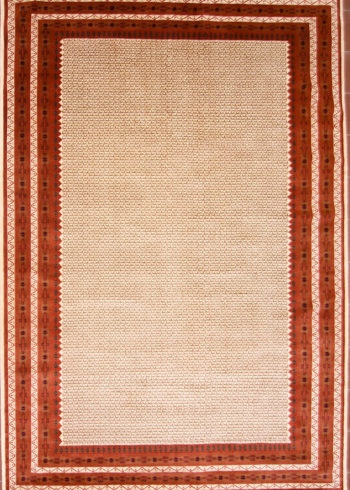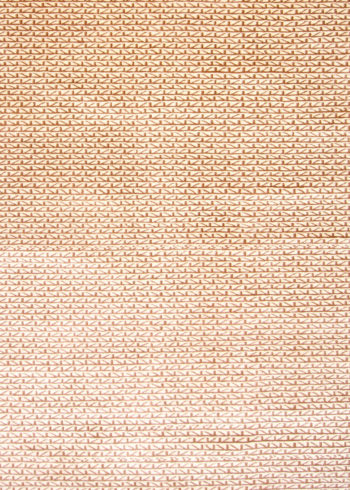Designs and Motifs of Pure Wool Carpets & Rugs »
Traditionally, wool is one of the most primeval fibers known to mankind it became adaptable for multiple usages, both for domestic and commercial purposes. The uniqueness of the natural fiber was its curious blend of tensility, malleability, richness, and of course, incredible warmth.
One of the turning points in the history of civilization has been the introduction of the wool yarn as a floor-covering – mainly to protect humans against the harsh weather and then the increasing popularity of the rugged floor-coverings led to the opulent avatars of the royal carpets that began making their mark in the chronicles of history.
The earliest known designs that started making their appearance on wool carpets nearly 2400 years back were by and large in the Geometric styles inspired by the local Tribal culture and nomadic lifestyle. Majority of the designs that evolved during the birthing years were influenced by the highly individualistic symbols and traditions of each village or the specific tribe.
As this was the start of the movement, many of the carpets were made in the repetitive style of motifs such as the Gul which has different connotations to different weaving families, ranging from, a rosette to the celestial bodies such as the sun or the moon or the infinite number of stars, and varied forms of local flowers.
The Gul was an easy and convenient motif to be made and was not prone to serious imperfections which certain complex designs were. The fact that the Gul carpets were woven using locally found dyes derived from roots, barks of trees, fruits, etc. also resulted in the huge flourish of the Gul design category in the Tribal genre.
Some of the other eclectic Tribal motifs that became a rage in the later decades were Shiraz, Shirvan, Ersari Dali, Caravan, Yakub Khani, Kashgar, Kafkaz, and Perpedil Kuba.
Our pure wool carpets are ideally suited for living rooms, bedrooms, under coffee table as well as wall hangings. In addition the floral and geometric designs, we have pictorial rugs, that are unique in their own manner.




